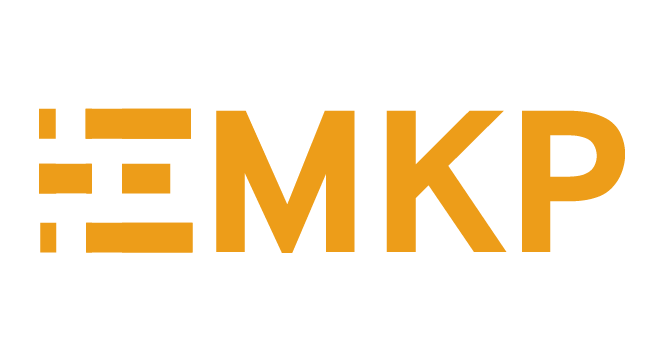PI: Alice Rudge | Collaborators: Yaʔ Dunəy, Jamilah, Naʔ Balʔɔp, Naʔ Baŋkoŋ, Naʔ Pilih, Naʔ Batɛw and Labih | Project ID: 2019SG06
Location of Research: Pahang State, Peninsular Malaysia| Host Institution: University College London
Today, Batek number around 1500 people in total, across the states of Pahang, Terengganu and Kelantan. They are one of the proximately culturally and linguistically distinct groups who make up the Indigenous population of Peninsular Malaysia, commonly referred to as Orang Asli. Traditionally dwelling in lowland rainforests, Batek livelihoods have centred on hunting forest meats, foraging for wild tubers, plants, and mushrooms, tourism work, and trade. Today, most people also have some level of involvement in oil palm plantation labour, and some engage in small-scale cultivation of rubber or subsistence crops. Though some of their rainforest is protected by Taman Negara (the national park that spans the three states in which Batek people dwell), much of their ancestral forest has been lost. This loss is felt acutely. The peoples who refer to themselves as Batek include diverse linguistic groups, but the research for this project was conducted among Batek De’ speakers, in Pahang State.
For those groups, pandanus weaving is an absolutely central part of everyday material culture. While today it is more common to buy plastic sleeping mats and bags from the shop, items woven properly with pandanus from the forest are much loved – as are the activities of making them. Weaving has an important part to play in the maintenance of the fruit season, and is embedded in Batek forest knowledge. However, as many children now attend missionary boarding school, spending most of their time away from the forest and their families, many weavers often worry that their children will not learn how to weave and the knowledge will be lost.
Weaving is not knowledge hoarded by a select group of people. Anyone who wants to learn can, and most older women know how to weave – even if just a little. Some people are experts, and are sought after for their advice, but weaving tends to be a communal and egalitarian activity. While it is almost entirely women who conduct weaving, there are some men who know how to process and weave, and who will help their wives out. Pandanus, like any other forest product, is often shared – in its raw, processed or woven form – with bundles and finished items being shared, given away, or sometimes bought and sold. Importantly, though these items are much loved, they are not considered to be long-lasting, or treated as such. Rolled out on the floor, sleeping mats soon rot. Carried to the forest, bags soon tear. This is to be expected – you can always make another one!
Methodology
The project builds on long-term relationships with the weavers involved as project collaborators built as part of two years of participant observation fieldwork between 2014 and 2018. Part of this fieldwork was informal apprenticeship, in which the PI (Alice Rudge) was taught to weave by some of the women also participating in this project. Based on this background knowledge of some techniques and processes, more detailed and focused documentation of specific weaving processes was able to take place. Data collection involved recording videos, taking photos, and making notes based on the weaving activities undertaken by the weaver-collaborators on each working day. Data were stored on hard drives and backed up on cloud storage when visiting the town every week. Images were later selected to represent the corpus of important techniques and processes, and edited for focus and clarity using Adobe Premiere Pro. Summary assets were transcribed using ELAN and translated into English from the original Batek.
Project Outcomes
First in-depth documentation of the process of Batek pandanus weaving, including the vocabulary of Batek weaving practices.
The Collection
Section C ‘Collecting’ documents the process of harvesting pandanus.
Section P ‘Processing’ documents the processing of pandanus that must take place before weaving can begin.
- P01 – the initial processing that might take place in the forest or at home, before the pandanus is
dried in the sun (gət and sgel) - P02 – the processing that takes place after the initial drying (second round of gət and sgel)
- P03 – dying
- P04 – post dying processing (gət)
Section W ‘Weaving’ documents the weaving itself
- W01 – covers the initial stages of weaving, referred to as either way or pi–kɛp depending on the item
- W02 – covers the weaving of the main body of the item in question
- W03 – covers the making of the corners or other more technical parts of the process such as the
edges (kəl, lgɔʔ) - W04 – covers the finishing parts (cɔl, kɛc)
Section F ‘Finished Items’ contains photographs of the finished items and summary assets which document the process from start to finish
- F01 – lupak (Naʔ Pilih)
- F02 – cok kŋkaŋ (Labih)
- F03 – dudɔk (Yaʔ Dunəy)
F04 – cok haɲ kaldɨs (Naʔ Batɛw) - F05 – all the bags (Naʔ Pilih, Labih, Yaʔ Dunəy, Naʔ Batɛw)
- F06 sleeping mats (Jamilah, Naʔ Baŋkoŋ, Naʔ Batɛw, Yaʔ Dunəy)
Acknowledgements
Special acknowledgement to the the team of collaborators Yaʔ Dunəy, Jamilah, Naʔ Balʔɔp, Naʔ Baŋkoŋ,
Naʔ Pilih, Naʔ Batɛw and Labih. These weavers decided what we would film and when, and
organized the daily rhythms of weaving and recording. The PI was Alice Rudge, who did the
filming and photography and fieldnotes taking.
